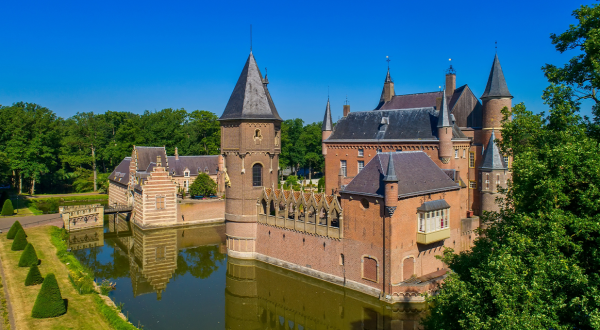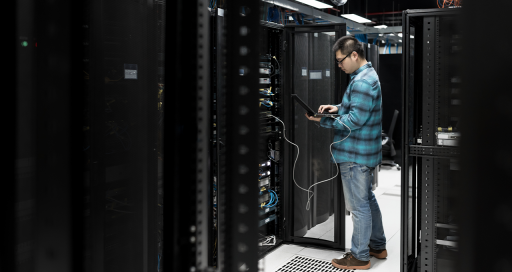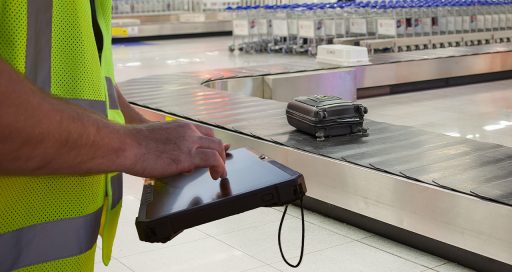As the internet, cloud and AI develop on an increasingly massive scale, more and more data centres are required all over the world. These are sensitive sites where fire protection is crucial, but also complex, given the unique features of these installations.

Data centres are springing up like mushrooms. There are more than 8,000 worldwide, according to Cushman & Wakefield, with more than a thousand operated by the giant internet and cloud firms – and this is set to double over the next four years with the explosion in the use of AI, according to market data provider Synergy Research.
But data centres are not the inconsequential buildings they may appear to be. Aside from their enormous energy consumption, fire safety is an issue as crucial as it is complex. We can look back, for instance, at the fire that ravaged the OVHcloud site in Strasbourg in March 2021, completely destroying one of its four data centres. As a result, thousands of internet sites and email servers immediately went offline, with some stored data being irretrievably lost.
In a data centre, there are potential places for a fire to start throughout the electrical system: inverters, batteries, electrical cabinets, servers, etc.). Cyrille Harand, Business Unit Manager at Uxello Risques Spéciaux, the VINCI Energies business unit specialised in fire safety, lists them: “The sensitive points are the IT rooms (electrical fires), technical premises (electrical and mechanical equipment), generators (electrical fires or combustible fuel and/or lubricants) and commercial areas (solid matter fires).”
Special requirements
Fire protection in data centres has to meet extremely specific requirements. These sites are effectively separate ecosystems with their own unique features and their own, predominantly English-language, codes. “An understanding of the environment is essential to marketing, designing, building and maintaining data centres in line with Anglo-Saxon customers’ and their insurers’ requirements,” says Cyrille Harand.
“The watchword is service continuity,” he adds. “Which means: redundant systems that keep processes running in the event of a failure; special precautions to avoid phantom triggers while ensuring effective protection; systems that work directly with customer processes (ventilation, fire detection, etc.); multiple fire suppression zones; plus, special precautions to avoid any risk of corrosion and leaks, because while water is needed to make the installation work, it’s also a major source of concern for the operators.”
“The watchword is service continuity.”
Another peculiarity relates to urban planning for data centres, which requires custom protection for IT rooms that takes into account the numerous impediments to a correctly functioning sprinkler system – ducts, cable runs, etc.
Proven technologies
The solutions and technologies implemented to mitigate these risks fall into two broad categories of data centres: “hyperscale” facilities (at least 5,000 servers with around 3,000 sq. metres of physical space); and small data centres. “For hyperscale data centres, water-based technologies (sprinkler and fogging systems) are preferred,” explains Cyrille Harand. “These systems are the most effective and best suited to the multiple risks and allowing service continuity. For small data centres, gas suppression systems are preferred.”
Cyrille Harand explains that the risks in connection with the use of lithium-ion batteries – which provide immediate backup power in the case of a mains power failure in the data centres – make little difference.
“It doesn’t change things much where water-based suppression systems are used. These systems will contain the fire and stop it spreading. However, the systems have to be designed to irrigate battery rooms for a long time. Generally speaking, it is important that suppression systems are integrated with the overall safety strategy: human factors, compartmentalisation, size of the battery rooms, etc.”
11/14/2024





